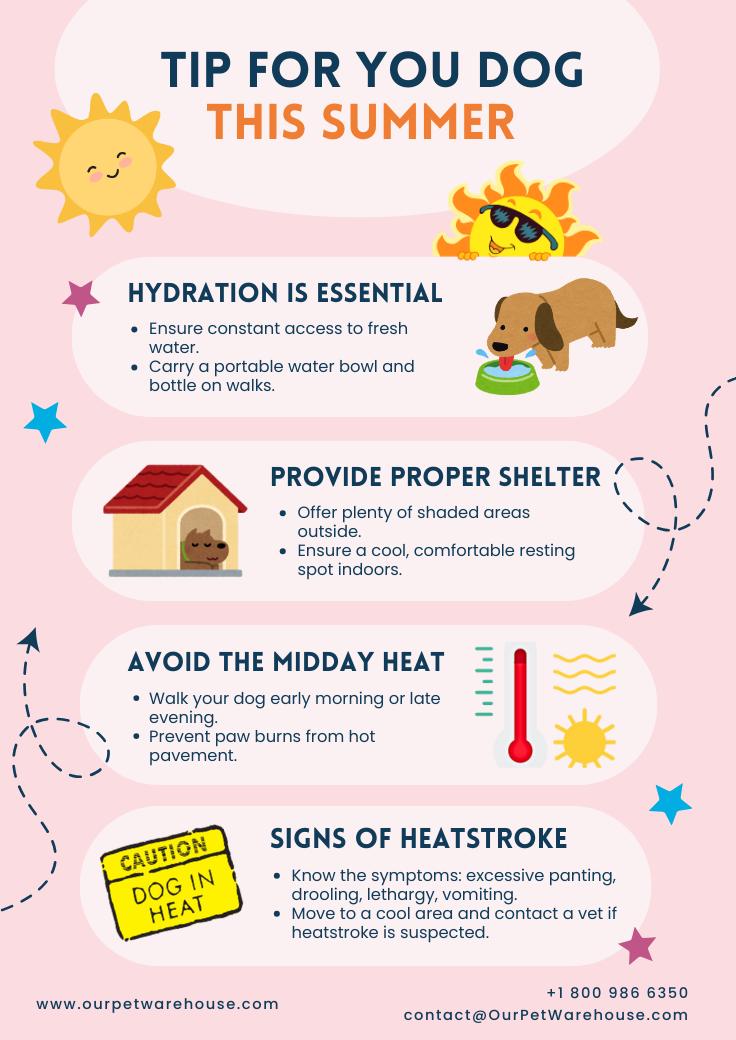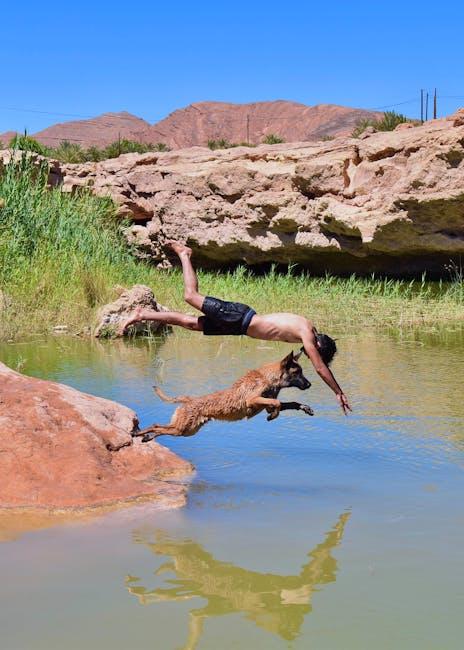Ensuring your furry friend stays hydrated is a crucial part of maintaining their health and happiness. Just like humans, dogs rely on water for a multitude of bodily functions, from regulating temperature to aiding digestion. However, determining the right amount of water your dog needs can sometimes feel like a guessing game. In this guide, we’ll explore the factors that influence your dog’s hydration needs and provide practical tips to ensure they’re getting just the right amount of water each day. Whether your pup is a playful puppy or a wise senior, understanding their hydration requirements will help you keep them energetic and thriving. Let’s dive into the world of canine hydration and learn how to keep those tails wagging!
Understanding Your Dogs Hydration Needs
Ensuring your furry friend stays well-hydrated is crucial for their overall health. Generally, dogs need about one ounce of water per pound of body weight daily. However, several factors can influence this requirement. Consider the following:
- Activity Level: An active dog that enjoys daily runs or playful romps will naturally require more water compared to a more sedentary pooch.
- Diet: Dogs consuming dry kibble might need more water than those on a wet food diet, as wet food contains moisture that contributes to their hydration.
- Weather: Warmer temperatures can lead to increased water loss through panting, making it vital for dogs to drink more in the summer months.
- Health Conditions: Certain medical conditions or medications can affect a dog’s hydration needs, so consult your vet if you’re unsure.
To ensure your dog is adequately hydrated, always provide fresh, clean water, and pay attention to signs of dehydration such as dry gums, lethargy, or excessive panting. Remember, a well-hydrated dog is a happy and healthy companion!

Factors Influencing Your Dogs Water Intake
Understanding what drives your furry friend’s thirst can be crucial in ensuring they stay healthy and hydrated. Several elements come into play when it comes to how much water your dog may need. Activity level is a primary factor; an active pup will naturally require more water to replenish what they lose through panting and play. Likewise, environmental conditions such as hot and humid weather can lead to increased water consumption, as your dog will drink more to cool down.
- Diet: Dogs eating dry kibble might need more water compared to those on a wet food diet, which already contains moisture.
- Size and Breed: Larger breeds generally need more water, but specific breeds might have unique needs based on their metabolism.
- Health Status: Conditions like kidney disease or diabetes can influence thirst levels, requiring you to monitor their intake closely.
- Age: Puppies and older dogs may have different hydration needs due to their developmental stage or health considerations.
By being mindful of these factors, you can better assess your dog’s hydration needs and ensure they get the right amount of water each day.

Signs Your Dog May Be Dehydrated
Just like humans, dogs need adequate water intake to stay healthy. If you’re worried your furry friend might not be drinking enough, look out for some telltale signs of dehydration. Dry gums and a loss of skin elasticity are often early indicators. You can check skin elasticity by gently pinching the skin between your dog’s shoulder blades; if it doesn’t spring back quickly, dehydration might be the cause.
- Lethargy: A normally active dog that suddenly becomes lethargic could be dehydrated.
- Sunken Eyes: If your dog’s eyes appear sunken or dry, it’s a signal they need more fluids.
- Loss of Appetite: Dehydration can make your dog less interested in their meals.
- Excessive Panting: While panting is normal, excessive panting can be a sign of dehydration.
Always ensure your dog has access to fresh water and monitor their drinking habits, especially during hot weather or after exercise. Regularly check for these symptoms to keep your canine companion happy and hydrated.
Practical Tips for Encouraging Healthy Drinking Habits
Ensuring your furry friend stays hydrated is crucial for their overall health. Here are some effective tips to help your dog maintain optimal hydration levels:
- Provide Fresh Water: Make sure your dog always has access to clean, fresh water. Replace the water in their bowl at least once a day to ensure it’s not stale or contaminated.
- Use a Suitable Bowl: Opt for a bowl that’s the right size for your dog and made from safe materials like stainless steel or BPA-free plastic. This encourages frequent drinking and is easy to clean.
- Flavor It Up: Add a splash of low-sodium broth or a few ice cubes to the water to make it more enticing, especially during warmer months.
- Monitor Activity Levels: Dogs that are more active may require additional water. After a long walk or play session, ensure they have plenty of opportunities to rehydrate.
- Observe for Signs of Dehydration: Keep an eye out for symptoms like dry gums, lethargy, or a loss of skin elasticity, and consult your vet if needed.
By incorporating these tips into your daily routine, you can help your dog develop healthy drinking habits that contribute to their well-being.

